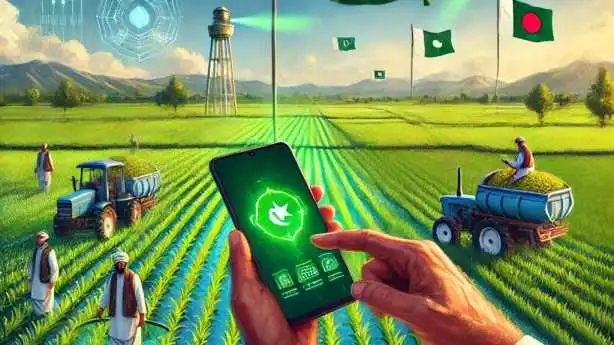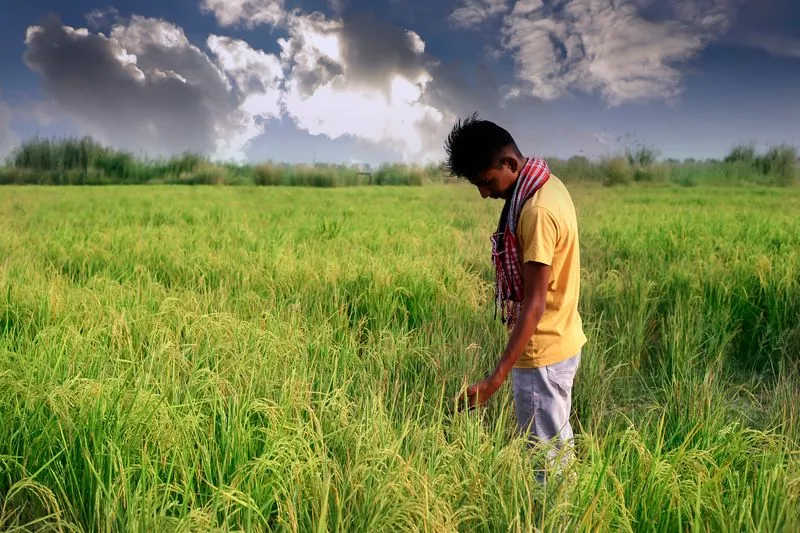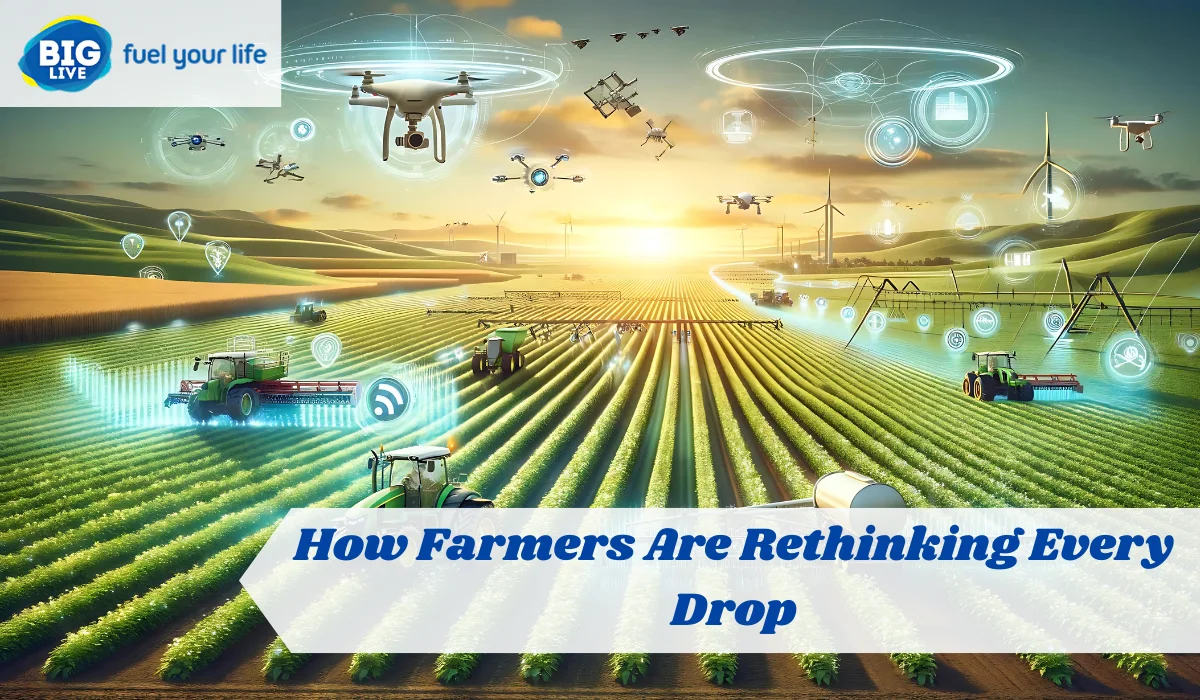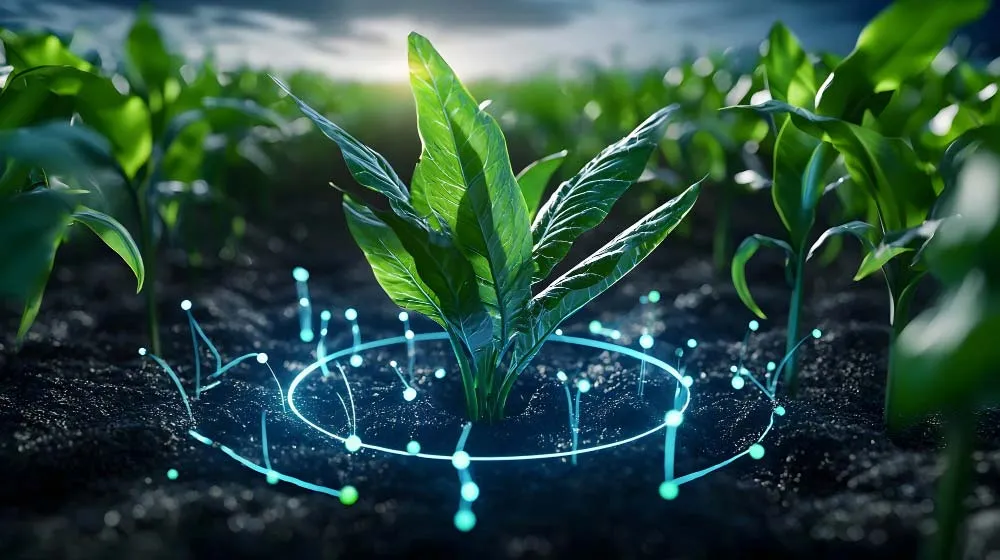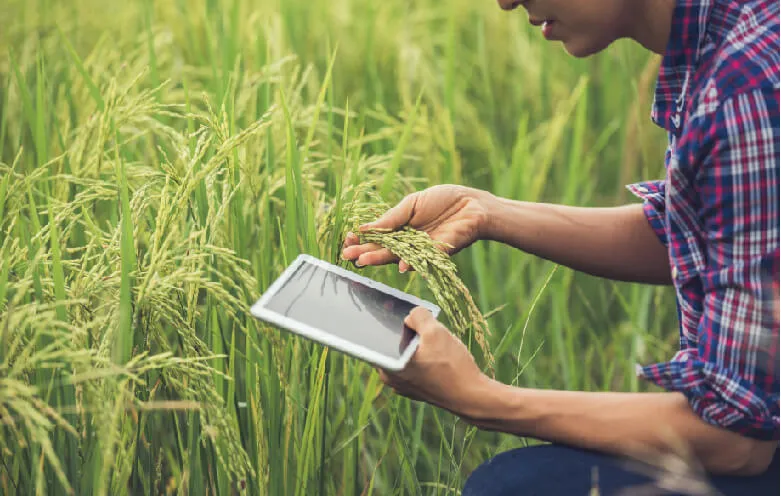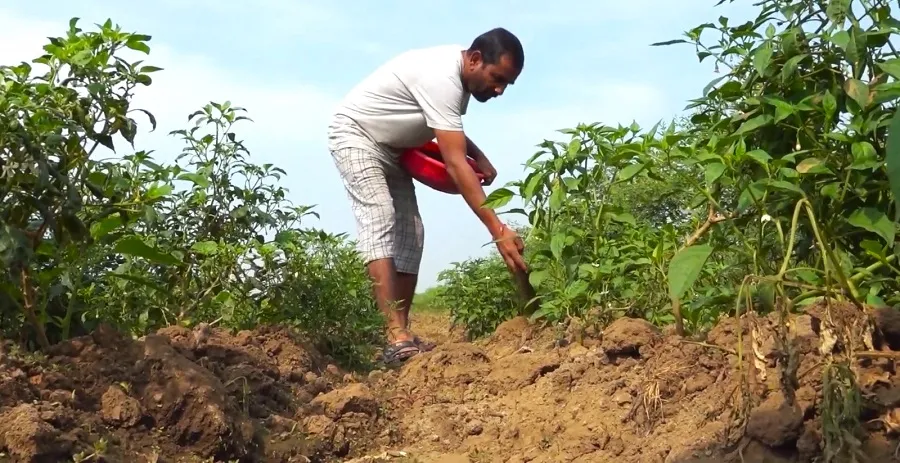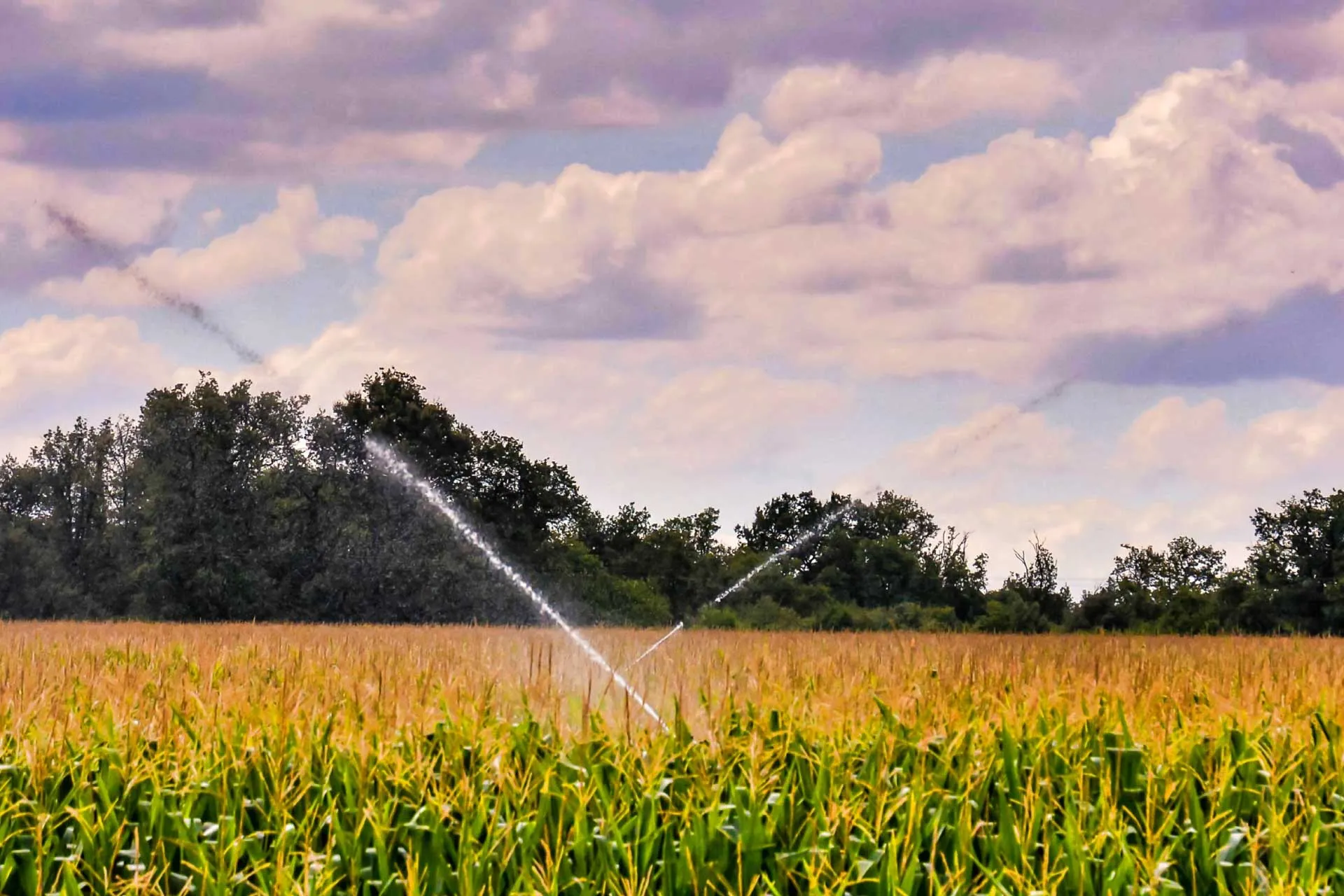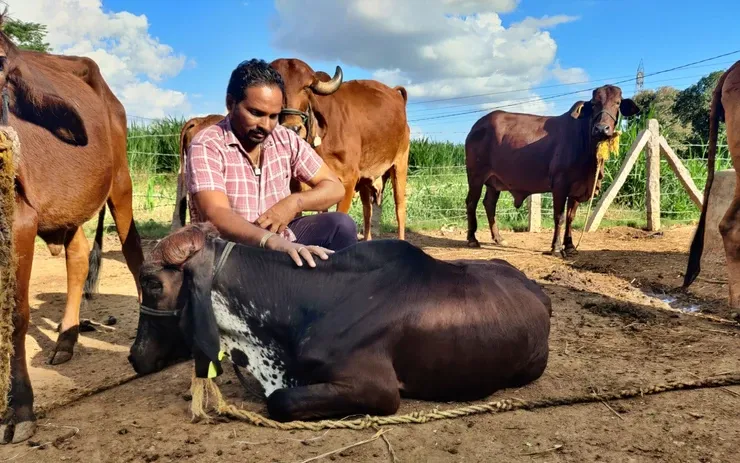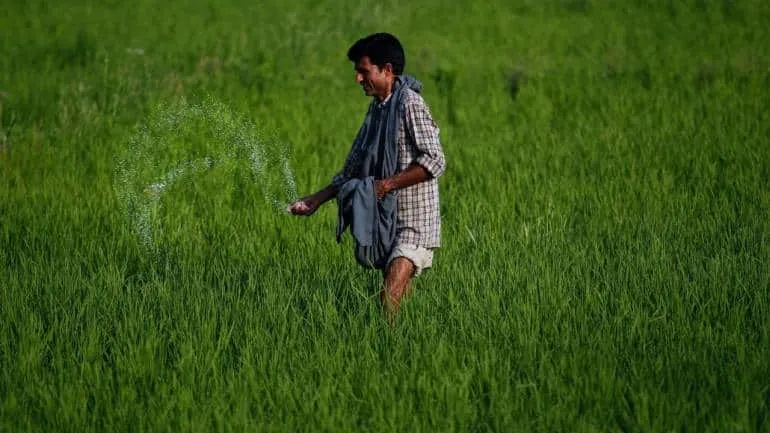In Punjab, cultivating is more than fair a way to win a living. It’s something that runs profound through families, over eras, and in the exceptionally soil itself. For decades, the ranchers here have bolstered not fair their possess homes, but moreover the country.
But nowadays, things feel diverse. Climate doesn’t take after ancient designs. Showcase rates hop up and down. Indeed essential supplies like seed, fertilizer, or splash feel heavier on the stash each year. And however, in this ancient, glad convention of cultivating, something modern is unobtrusively making its way in. It doesn’t see like a tractor or a apparatus. It fits in a shirt take. And it lights up with a swipe.
Across Punjab, more and more farmers especially the younger ones are beginning to use mobile phones for something other than calls or social media. They’re using them to check the weather. To find market prices. To ask questions about yellowing leaves or curled up stems. It’s not a flashy revolution. But it’s real. It’s growing. And it’s beginning to matter.
Why Phones Are Becoming Farm Tools?
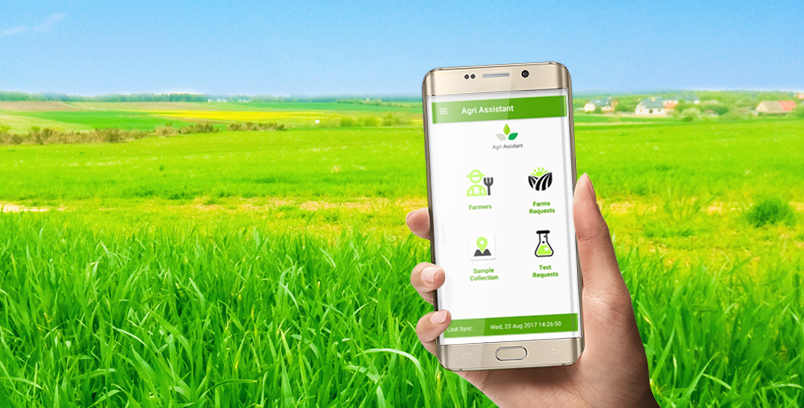
On a farm, decisions need to be made fast. A delay of a day sometimes even an hour can cost a crop. That’s where these digital tools are starting to help. With just a few taps, a farmer can check if rain is on the way. He can see what wheat is selling for in the mandi next town over. If there’s a patch of crop turning brown, he can send a photo and get advice back within minutes.
Some farmers even apply for machine rentals or government schemes through their phones now. It’s not just about smartphones. It’s about smarter decisions backed by information when it’s needed most. Still, not everyone has jumped on board. The change is happening slowly.
The Numbers Tell Their Own Story
A 2023 study by the Council on Energy, Environment and Water (CEEW) had a few surprises. It found that 94% of farmers in Punjab still don’t use farming apps. That’s almost everyone. Only around 1–2% had tried tools like i-Khet or the PAU Kisan app. But over 60% a much larger number were using YouTube or WhatsApp to find farming advice.
What does this mean? The tools are out there, but most farmers still prefer what feels familiar. Watching a YouTube video in Punjabi feels easier than opening a new app. Asking something in a WhatsApp group is more comfortable than filling in a digital form.
The Apps That Are Making a Difference
A few mobile platforms, however, are starting to build trust among Punjab’s farmers. These are not flashy apps built for urban users. They’re made with the farmer in mind. Kisan Suvidha, launched by the government, gives weather reports, mandi prices, and alerts for diseases. It’s simple and available in Punjabi.
Punjab Agro Kisan App goes a step further. It offers soil health tips, crop calendars, and a space to ask direct questions. Some farmers say it feels like having a small university in their pocket.
i-Khet and Unnat Kisan are helping with something very local renting out machines like Happy Seeders that reduce stubble burning. That not only helps with farm waste but also with pollution control. IFFCO Kisan, used across India, is also gaining ground in Punjab for its expert guidance and Punjabi-language support.
Stories from the Soil
Talk to farmers, and the change becomes more visible. Gurpreet Singh, a farmer near Patiala, says, "Earlier Earlier, I would wait for neighbors to tell me what to spray on my crops. Sometimes it worked, sometimes it didn’t. Now I use the PAU Kisan app. I ask, I check, I decide. And my fields are looking better.
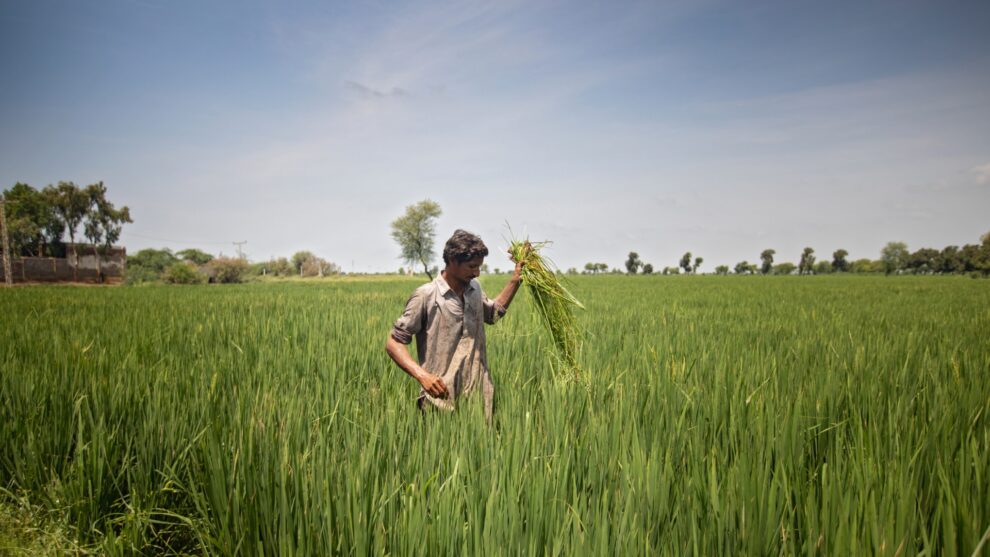
In Ludhiana, Harjit has a small vegetable plot, "Every morning, I check prices on the app. If I see a better rate in another mandi, I load my produce and head there. It’s a small thing, but I make more this way. These aren’t dramatic stories. But they reflect a quiet confidence the kind that comes from being better informed.
Why Some Farmers Are Still Unsure?
Even with all this progress, many farmers still hold back. The reasons are easy to understand. Some just haven’t heard of these apps. Others, especially older farmers, worry they’ll press the wrong button or lose important data. In some villages, the signal is still weak or patchy. And a few worry about giving their personal details to unknown platforms.
Many apps are only in English or use technical language that doesn’t connect with real, everyday farm life. Above all, trust takes time. When your work depends on your land, you don’t change your ways overnight.
What Could Make Digital Farming Easier?
The way forward isn’t about pushing more technology. It’s about making it simpler, more local, and more useful. Village training sessions, where one farmer teaches another, can work wonders. Apps that use voice instead of text can help those who don’t read much. Adding more Punjabi content in video, audio, or simple messages makes these tools feel familiar.
And instead of designing tools in glass offices, builders need to ask the farmers: What do you actually need help with? What would save you time? What would help your crop today?
The Ground Is Shifting
The government, too, is starting to step in. Thousands of new farm machines from seeders to sprayers are now available for rent at subsidized rates. More mandis are joining platforms like e-NAM, where farmers can check and compare prices digitally. There’s even talk of using blockchain to track chemical use, making food safer and giving farmers a better name in the market.
And under the BharatNet program, broadband is slowly spreading to rural areas. The day isn’t far when even the smallest village could have internet fast enough to support a smart farm.
New Crops, New Tools, New Confidence
It’s not just wheat and rice anymore. Some farmers are now growing kin now, strawberries, and even dragon fruit. These crops take more care, more timing and that’s exactly where apps help. They guide the watering schedules.
They tell farmers when to pick. They connect them to niche buyers in cities. In some cases, strawberry farmers in Punjab are earning 5–6 lakh per acre something that would’ve sounded like a dream a few years ago. It’s not just about more income. It’s about doing things with more control, more clarity.
The Change Is Quiet But It’s Real
Digital farming doesn’t mean tossing out everything old. It means keeping what works and adding what helps. In Punjab, the shift is just beginning. A farmer with a weather app is still the same farmer. But now, he plans better. He reacts faster. He wastes less.
That’s the real power of digital tools. They don’t do the farming. But they help the farmer do it a little better, a little smarter. And that might just be enough to turn things around one phone, one field, one season at a time.


